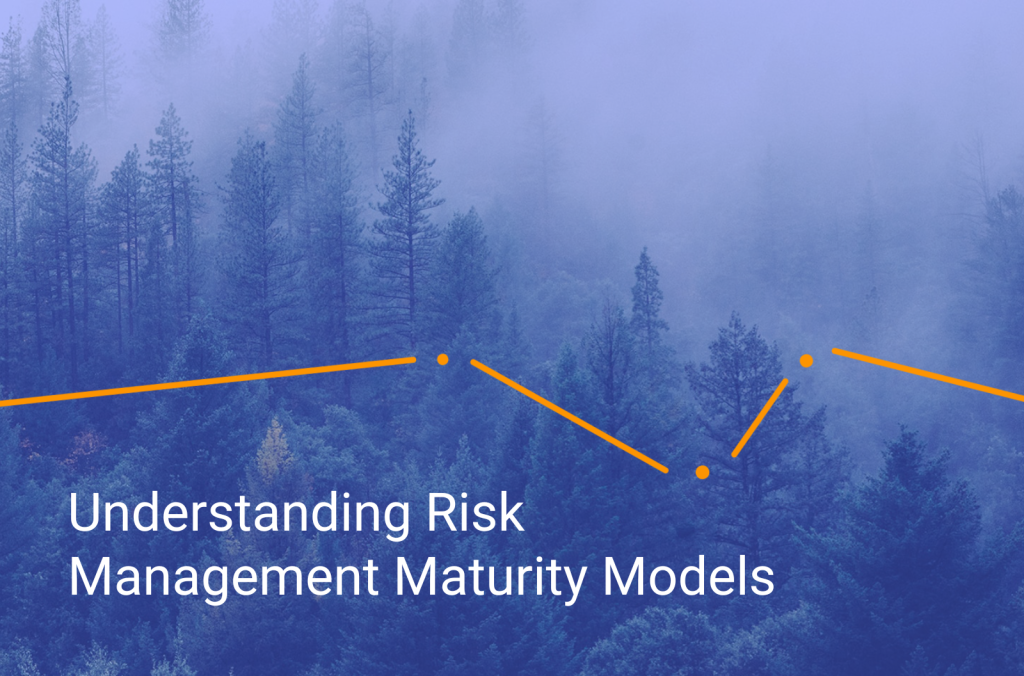Every successful organization knows that understanding and navigating risks is a key element of their journey. To truly excel in this area, you need a strategic plan. That’s where the Risk Management Maturity Model steps in. Think of it as a roadmap, guiding organizations to better identify, evaluate, and handle risks. In this blog, we’ll break down the key components of this model, exploring its different levels without diving into external sources.
How the Risk Management Maturity Model Works
Imagine the Risk Management Maturity Model as a set of levels, each showing how good an organization is at managing risks and getting better. At each level, there are specific things an organization should be doing. The organization checks itself against these and figures out what it’s good at and where it needs to improve.
The main goals of the Risk Management Maturity Model can be boiled down to four things:
- Measuring Risk Management Skills: Compare how an organization manages risks with what others in the industry do. This helps find areas to improve and learn from the best to stay competitive.
- Improving and Updating Practices: Always check and improve how risks are managed. Make sure strategies are up-to-date and match the changing business world.
- Better Decision-Making: A good risk management process helps in making smart decisions by understanding risks and what might happen. This prepares the organization for potential problems.
- Encouraging Improvement: The aim is to create a culture where getting better never stops. It means that managing risks is always changing and improving based on past experiences.
The Five Levels of the Risk Management Maturity Model
Getting good at risk management doesn’t happen all at once. There are five levels, each like a step on a ladder. Let’s climb through them to see where your organization stands.
- Ad Hoc (Starting Out): At this beginning stage, managing risks is reactive and not well-planned. Resources are limited, and there’s not much understanding. Risks don’t have clear owners, and monitoring isn’t aligned with goals.
- Repeatable (Getting Better): Basic practices are there, but they’re not consistent and often done manually. Records are inconsistent, and the data may not be very useful. Awareness of risks is growing.
- Defined (Getting Organized): Risk management starts spreading across the organization, and efforts are made to break down barriers. Processes are defined, but things might not be the same everywhere. Steps are taken for better integration, accountability, and reporting.
- Integrated (Working Together): Different parts of the organization work together for risk management. Plans rely on consistent processes, clear communication, and technology to be more efficient. The focus shifts from reacting to preventing issues.
- Optimizing (Mastering Risk): Risk management becomes a crucial part of the whole business. Everything, from risks to opportunities, is looked at closely concerning performance and goals. Processes cover all daily operations smoothly and without costing too much.
Benefits of the Risk Management Maturity Model
Implementing the Risk Management Maturity Model offers numerous advantages. Let’s dive into the benefits:
- Understanding: See clearly where your organization stands in handling risks.
- Planning: Make a plan to get better in a smart and organized way.
- Setting Goals: Decide on clear things to achieve for better risk management.
- Using Strengths: Figure out and make use of what your organization is good at.
- Better Risk Management: Get guidance on managing risks better and being ready for anything.
In conclusion, the Risk Management Maturity Model is a handy tool for organizations aiming to get better at what they do. It helps improve how risks are handled, lessens the impact of risks, and makes achieving goals more certain.
We have built Granite to move your organisation up the maturity ladders faster and with less resources. Book a 15-minute demo with our risk experts right away to learn how!

